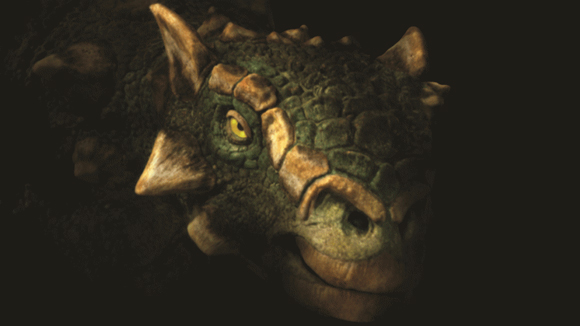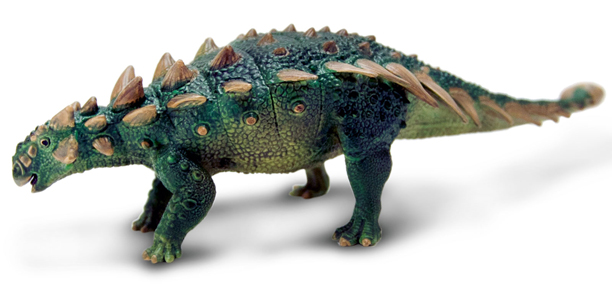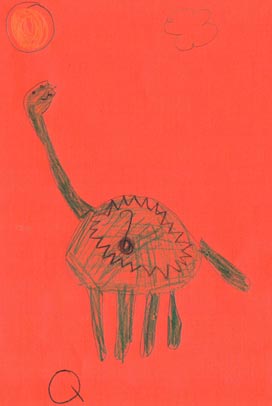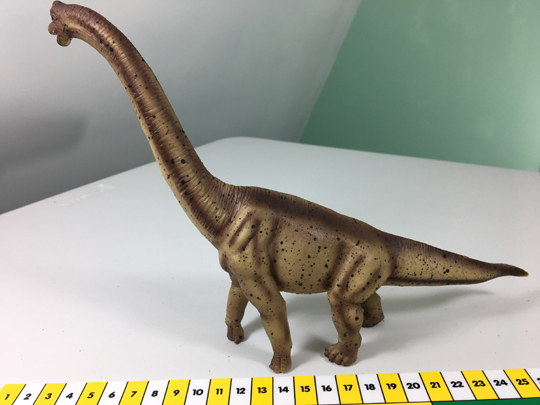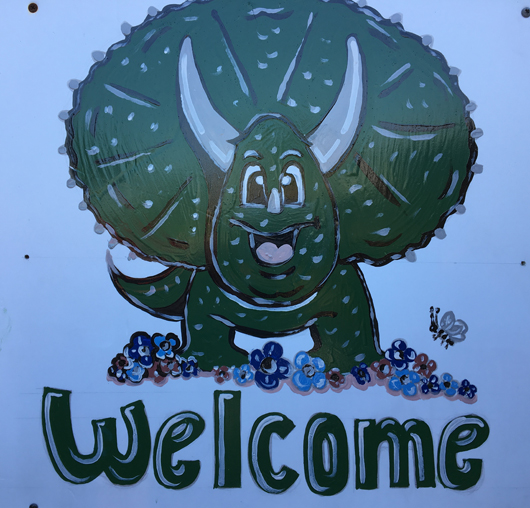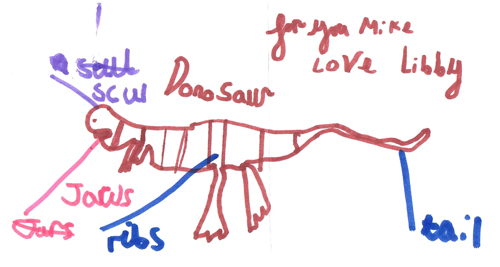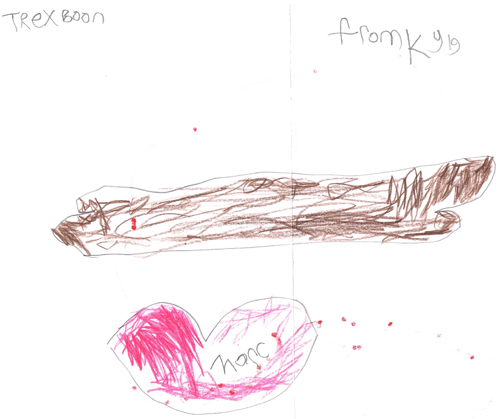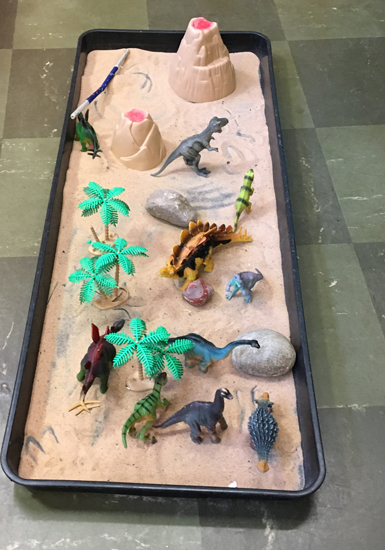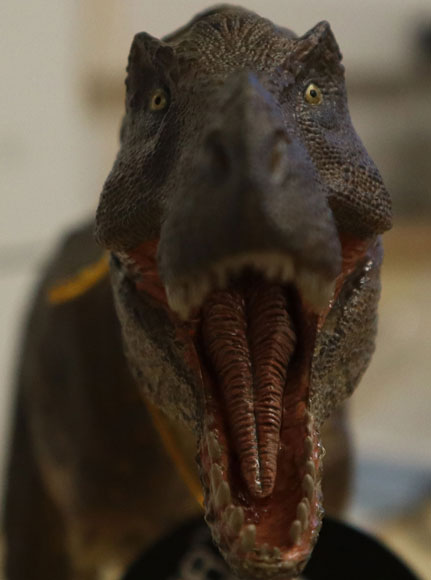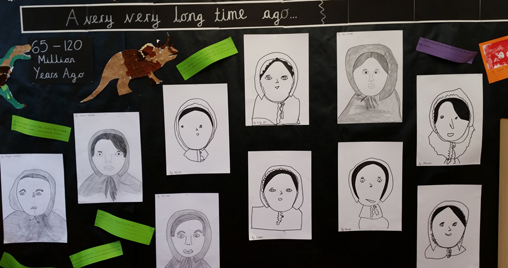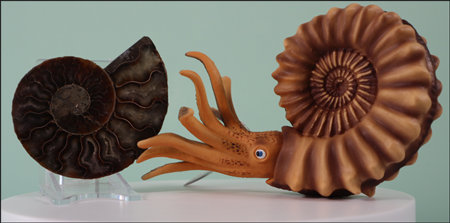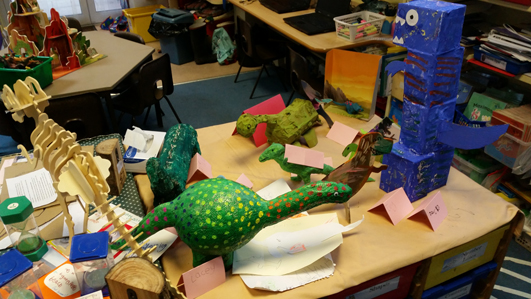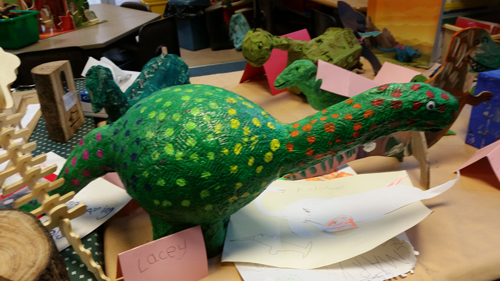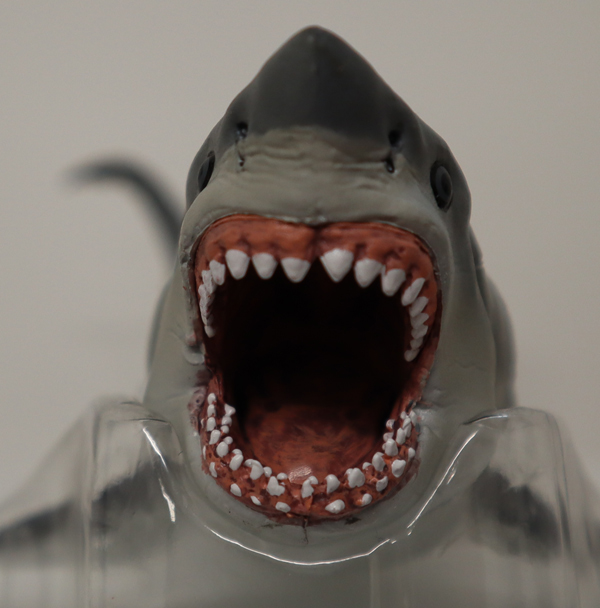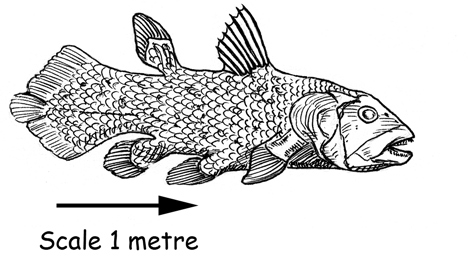Articles that focus on teaching ideas and activities aimed at Key Stage 1 and Key Stage 2.
A New Armoured Dinosaur is Named
Dinosaur Gets “Ghostbusters” Inspired Name
A team of researchers from the Royal Ontario Museum (Canada), have described a new type of Late Cretaceous armoured dinosaur. The dinosaur has been named Zuul crurivastator after “Zuul the Gatekeeper of Gozer” a horned monster from the 1984 film “Ghostbusters”.
When it comes to researching armoured dinosaurs like Zuul crurivastator, who you gonna call?
The New Dinosaur (Z. crurivastator)
Picture credit: Danielle Dufault
The Inspiration Behind Dinosaur Names – Zuul crurivastator
When team members are delivering dinosaur and fossil themed workshops in schools, we set a number of challenges to the children concerning the names of dinosaurs. There are rules about giving animals names, these rules are set down and governed by the International Commission on Zoological Nomenclature (ICZN). So long, as an animal’s name meets the criteria, then virtually anything goes and in this case, the two pairs of prominent horns towards the back of the head reminded the researchers of “Zuul the Gatekeeper of Gozer” and that’s how this dinosaur got its name.
An Illustration of the Head of Zuul crurivastator
Picture credit: Danielle Dufault
The nearly complete fossilised remains of this armoured dinosaur, distantly related to the enormous Ankylosaurus, were found in Montana (USA). This dinosaur lived between approximately 76.2 and 75.2 million years ago (Late Cretaceous). The specimen represents the most complete Cretaceous armoured dinosaur known from North America.
A Member of the Ankylosaurinae Clade
Budding young palaeontologists will tell you that these kinds of armoured dinosaurs had bony tail clubs. These clubs were used as weapons to help defend these herbivores from carnivorous dinosaurs. The species name acknowledges the dangerous club tail of Zuul, it translates as “destroyer of shins”. The back portion of the tail was stiff and the tip of tail was covered in large, sturdy, bony plates. Together they formed a sledgehammer which would have made a formidable defensive weapon. The club may also have been used in disputes between ankylosaurids (intraspecific combat), perhaps fights over territory or mates.
A Model of the Newly Described Dinosaur
The model shown above is the Wild Safari Prehistoric World Zuul.
To view this range of models: Wild Safari Dinosaur Models.
Teaching Extension Ideas
- Challenge the children to design their own dinosaur, consider what it might have eaten, where might it have lived? Link this to simple food chains and to adaptation and evolution.
- Cut out images of characters from recent films – Captain America, Wonder Woman, Buzz Lightyear, Groot etc. Ask the class to describe the character, to look at their features, can they match these features to an animal they know?
- Research the dinosaur known as Dracorex hogwartsia – a dinosaur that was named after the Hogwarts school in the Harry Potter books. Looking at images of Dracorex, is this “dragon king of Hogwarts” a good name for this dinosaur?
- Why do scientists give animal names using Latin or ancient Greek? What are the advantages of using this naming system?
Visit the Everything Dinosaur website: Everything Dinosaur.



